Morris Justice was a Participatory Action Research (PAR) Project. PAR is an approach to research rooted in the belief that valid knowledge is produced only in collaboration and in action, and that those typically “studied” should be architects of the process. Morris Justice was guided by the critical social knowledge of residents of a NYC “hot spot,” a neighborhood that is subjected to a disproportionate amount of aggressive and discriminatory policing in the name of “community safety.” It was an in-depth investigation into the lived experience of NYPD’s “hot spot” policy and “stop and frisk” practices, and the community’s vision of community safety.

Getting Connected
In 2011, neighborhood mothers in the Morris Avenue section of the South Bronx who were outraged by the NYPD’s treatment of their sons, connected with researchers from the Public Science Project, John Jay College, and Pace University Law Center that were interested in studying and challenging unjust policing. We got together and recruited additional community members to join a collaborative research team to document experiences with police.
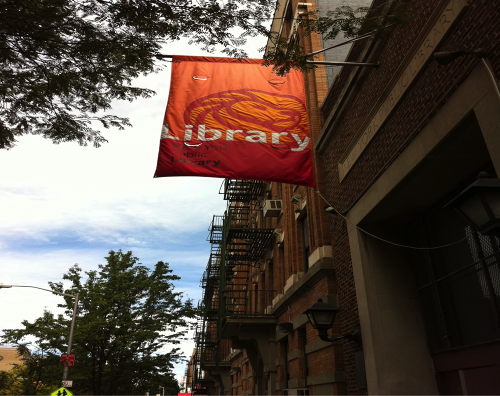
Getting Organized
We named ourselves the Morris Justice Project, and began to meet weekly in the basement of the Library on Morris Avenue for brainstorming sessions, research design and analysis, and action-planning. The room where we meet is in high demand, as one of the only spaces in the neighborhood that is available for community use. The lack of community space has presented a challenge to our working together and has become a major theme in our research on interactions with police.
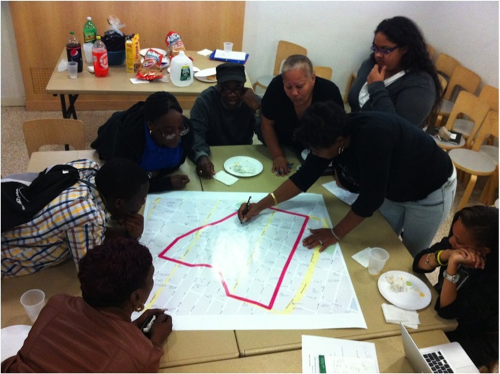
Designing Research
We started by mapping our neighborhood and creating a plan to conduct interviews, focus groups, and surveys with people of all ages from all 40 blocks on the following three topics: 1. Perceptions of home and neighborhood 2. Personal experiences with police 3. Attitudes towards police
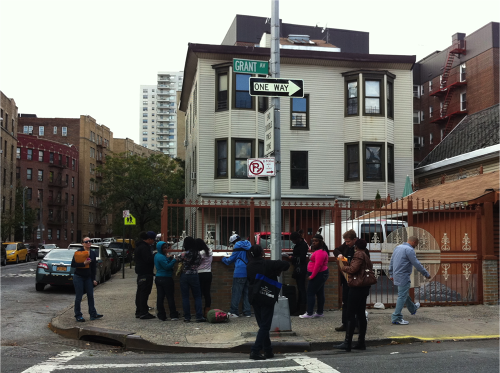
Gathering Data
We went block-by-block and surveyed over 1000 people. Later we analyzed the data to get an in-depth understanding of the neighborhood’s experiences with police. Our findings stood in stark contrast to claims of the NYPD that their “stop-and-frisk” practices were making us safe. Most people reported feeling less safe in recent years, even as crime has gone down.
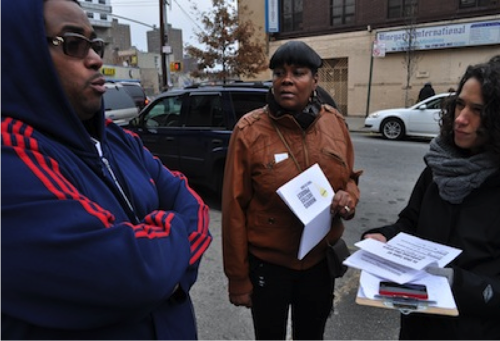
Community Analysis
In 2012 we hit the streets again, asking community members to help us understand our preliminary findings, which suggested that people have rather complicated attitudes towards the neighborhood and police. They love the neighborhood but have a number of complaints. They want police to be part of the community but want a different kind of policing.
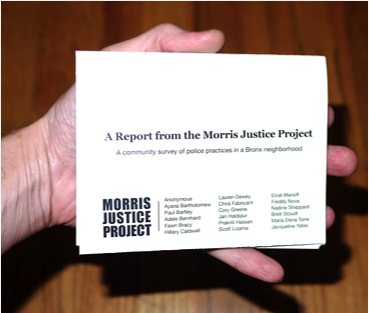
Reporting Back
We created a “back-pocket report” that summarizes our key findings and can be shared easily with others. See more here.
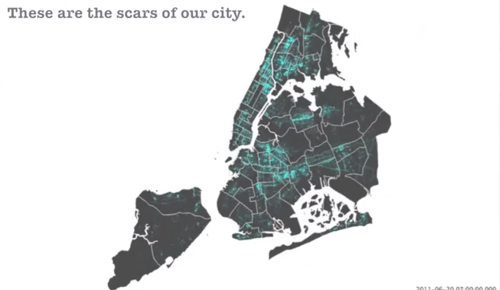
Critical Mapping
The NYPD has constructed data and maps to represent “hot spots” of crime to justify its aggressive policing practices. We are using maps to tell counter-stories. See more here.

